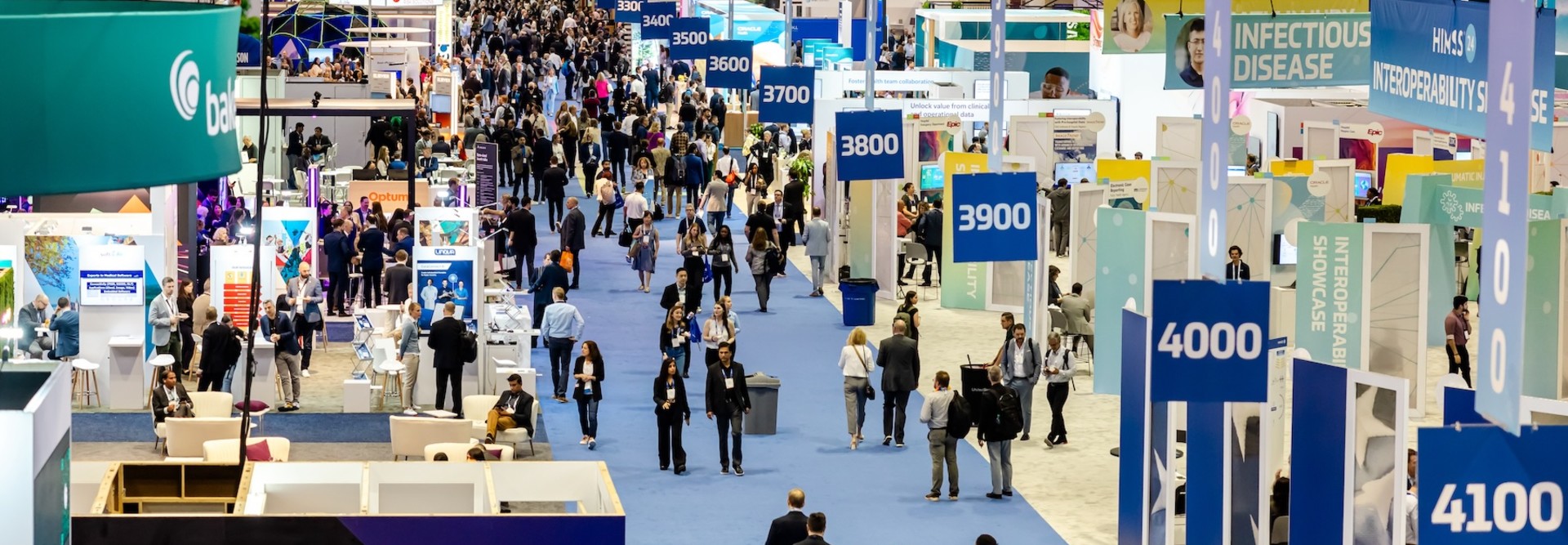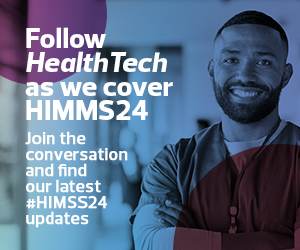1. Apply the Lessons Learned from a Previous Cyberattack
“If you’re standing still in cyber, you’re getting left behind,” Hackensack Meridian Health CISO Mark Johnson said during a session.
The New Jersey-based health system experienced a ransomware attack in 2019 and shared firsthand lessons from its aftermath.
The attack prompted increased cybersecurity funding and a more proactive security approach from leadership, Johnson said. The health system also implemented third-party risk management.
LEARN MORE: Follow these best practices to improve cyber resilience in healthcare.
Hackensack Meridian Health is pursuing innovation in artificial intelligence and machine learning, so it’s crucial for it to prioritize security in bringing the next generation of healthcare to patients, said Christopher Jurs, director of identity governance and cybersecurity planning.
Implementing zero trust while deploying AI solutions has required Johnson’s team to upskill, offering cloud and SANS Institute cyber training to foster long-term career growth for staff.
“Every leader in every organization is a risk manager. They make risk decisions every day,” Johnson said.
Both underlined the importance of testing incident response plans. Johnson, who said that his health system runs tabletop exercises twice a year, urged other healthcare organizations to make incident response a living, adaptable process.
















